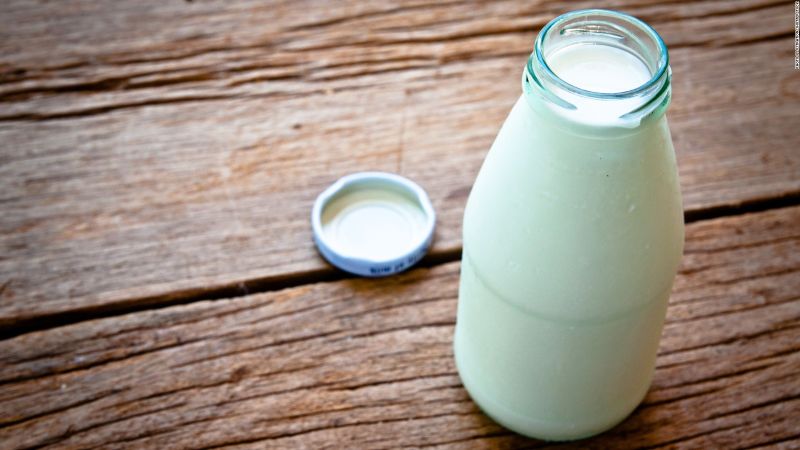Exploring Milk’s Unique Role in Africa
Milk is big business in Africa. There are 13.4 million dairy farms across the continent, and whether it’s from cows, sheep, goats, or camels, there’s plenty of ways to source this nutritious liquid. Moreover, camel milk, which is lower in fat than cow’s milk and rich in vitamins, is especially gaining popularity. Thick, foamy, and savory, it is traditionally consumed fresh, but its culinary applications are diversifying.
Milk carries myriad health benefits, including strengthening bones and teeth. However, there are many quirky and remarkable ways that milk is being used and consumed throughout Africa. From providing sustenance to contributing to cultural traditions, milk plays a vital role in African communities.
Unique Practices and Innovations
The nomadic herdsmen of Ethiopia’s Fantalle region devote their lives to camel care. Some Somalis purchase this nutritious milk to resell it for sweet tea, while Karrayyu herders collaborate with Elilta Women, an all-female organization that transforms the milk into lavender-infused soap.

For topical applications, a Moroccan lava and camel milk face masque from Shea Terra Organics claims to brighten skin and remove dead cells, leaving the skin feeling “silky soft.”

Cultural Practices Involving Milk
The Maasai people, known for herding livestock across Kenya and Tanzania, rely on milk as a significant part of their diet. Interestingly, they also consume blood, which is obtained with minimal harm to the cows. Occasionally, blood and milk are combined into a nutritious mixture, believed to provide numerous health benefits, including protein and immune support.

Another intriguing example is the Bodi tribe, who take the Maasai’s practices to a new level. Annually in June or July, they celebrate the Ka’el festival, where men consume a mixture of milk and blood to gain significant weight. The contest culminates in crowning the “fattest male,” reflecting not just physicality but also social standing and potential for marriage.

In West Pokot, Kenya, communities have birthed a distinctive yogurt variety, made from milk and the ash of cromwo trees. Known as “mala ya kienyeji,” this yogurt utilizes the disinfecting properties of ash, offering both culinary and health benefits.

Conclusion
Milk holds a considerable place in the cultural and economic frameworks of African societies. Its diverse uses range from nutrition to skin care and even paint, illustrating the profound connection between communities and their resources. As practices evolve, the significance of milk continues to grow within various cultural contexts across Africa.




